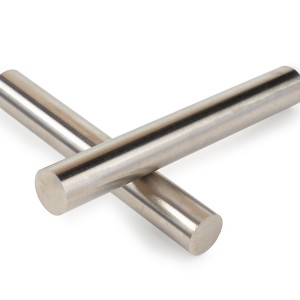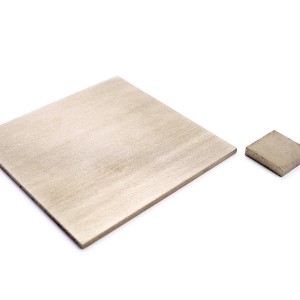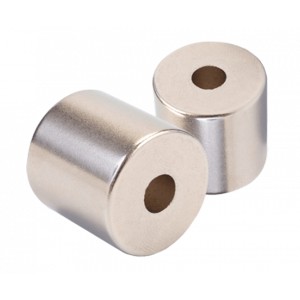Products
Álnico magnets are composed of an alloy of aluminum, nickel, and cobalt. They are the magnets with the highest stability at extreme temperatures; for this reason, we can find them inside ovens performing the function of holding or detecting.
Álnico magnets are created through a production process that has two different methods of creation: casting or sintering. In these two processes, we find the molding phase, which allows us to create magnets of different shapes according to the need we want to fulfill.
We supply álnico magnets with the best characteristics. Additionally, álnico magnets can come in different shapes such as rods, blocks, rings, or discs.
Showing all 3 results



